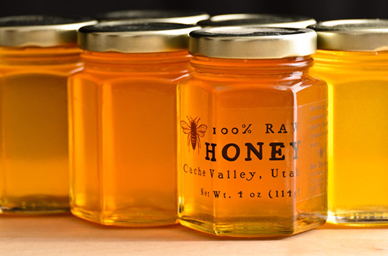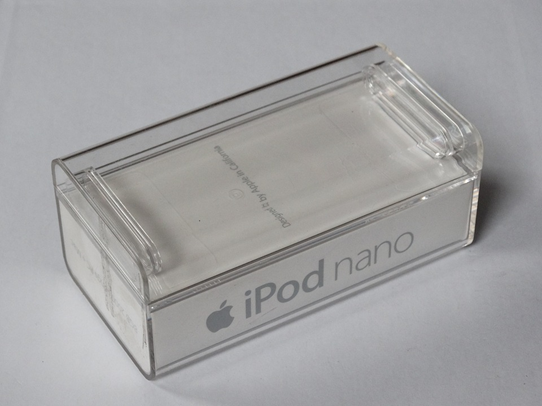Transparent Packaging Design: Letting the Contents Sell the Product

Transparent packaging has been around as long as the glass jar, but it’s become newly popular as consumers become more concerned about what’s in their food. Even though there’s no guarantee that the product that you can see through its glass or plastic packaging before you buy it is safer than one that is hidden in cardboard or metal, it’s a trend that is unlikely to disappear any time soon.
Food That Sells Itself

The same technique works well for many other food products where the product itself can make the sale. A clear cellophane sleeve of pastel macarons, for instance, with maybe a tag that both ties up the open end and provides all the labeling that is necessary, would be much more likely to fly off the shelves than the same delicious treats sealed up in an opaque box or bag. Even a picture on a label won’t convey the same level of tempting deliciousness as the macaroons themselves.
A clear bottle or jar can convey a message of purity and natural goodness to the health-conscious consumer. A bottle of carrot juice or organic milk that clearly displays the contents can give the buyer the confidence that the product is safe and healthy, while being hidden behind a cardboard package doesn’t have that guarantee. A picture may be worth a thousand words, but going beyond a picture to a clear view of the contents can do more to sell a product than a label full of description and promises!
Showcasing a Product
It is not just food, of course, that can be packaged in a transparent container. This box for an iPod nano is empty, but you can clearly see the way that the box is designed to showcase the device itself. In the same way, the Nike Air shoes in a plastic bag inflated with air are the best way to promote the product: the consumer already knows the product, and wants the product. If any additional incentive was needed, seeing the desired item, separated only by a layer of plastic, would be able to close the sale. In this case, seeing is wanting.
While clear packaging is often used for purely practical reasons rather than as a deliberate design technique to increase the appeal of the product, it is also a good choice for high-end or luxury items where the appearance of the product itself can be a big part of the draw. It’s not the only answer to the ongoing battle to break through the noise of thousands of available products to draw attention to an individual product, but its very simplicity can help a product stand out from the rest.
